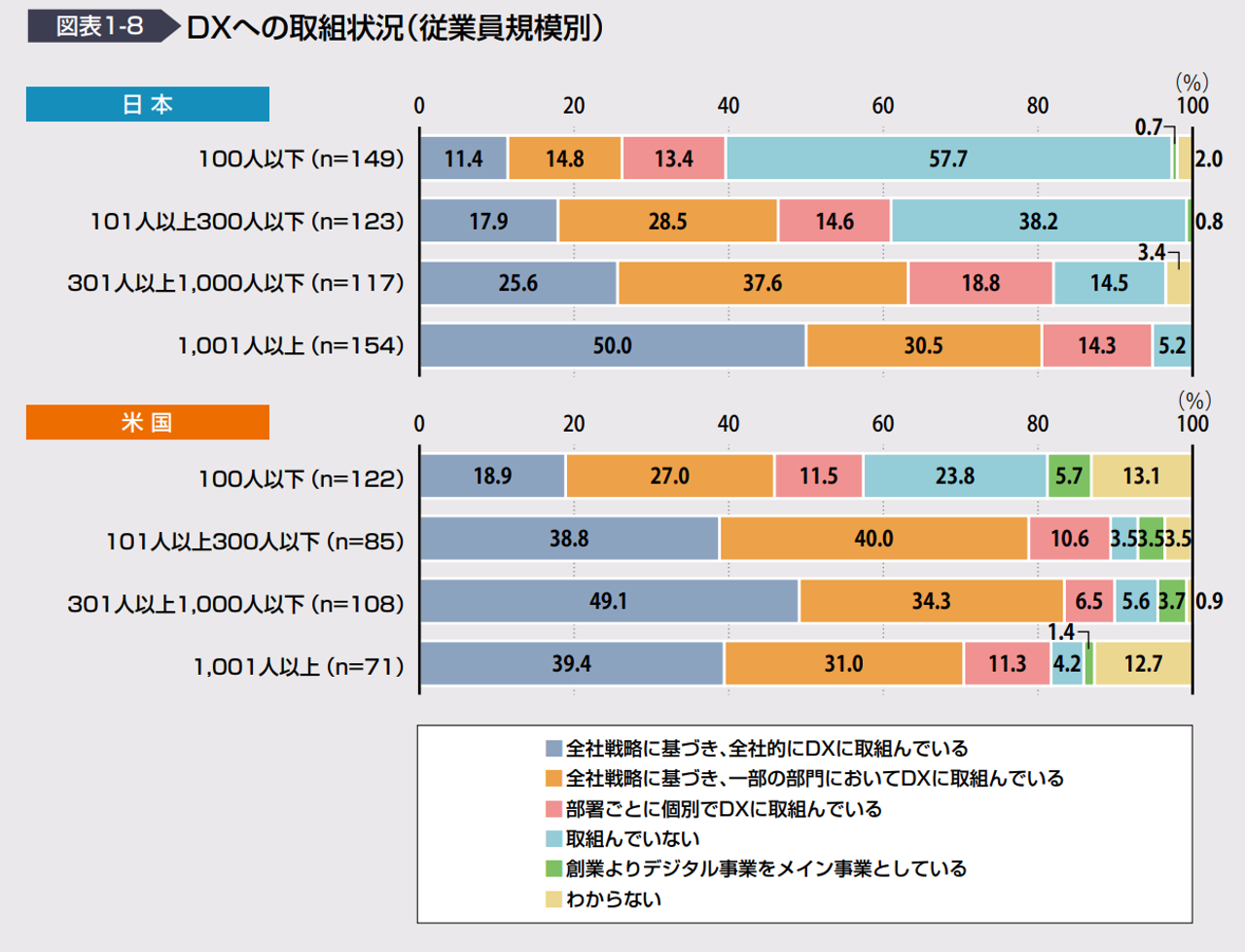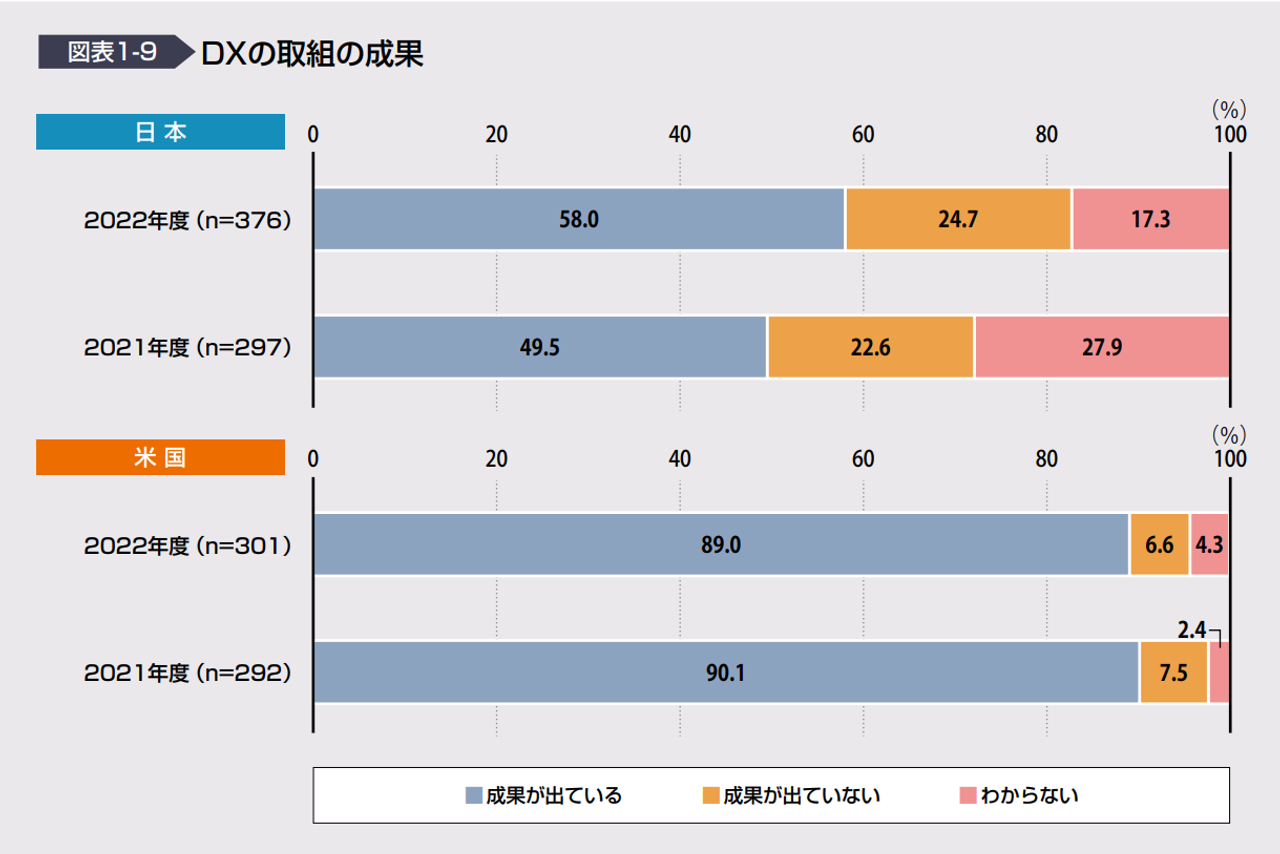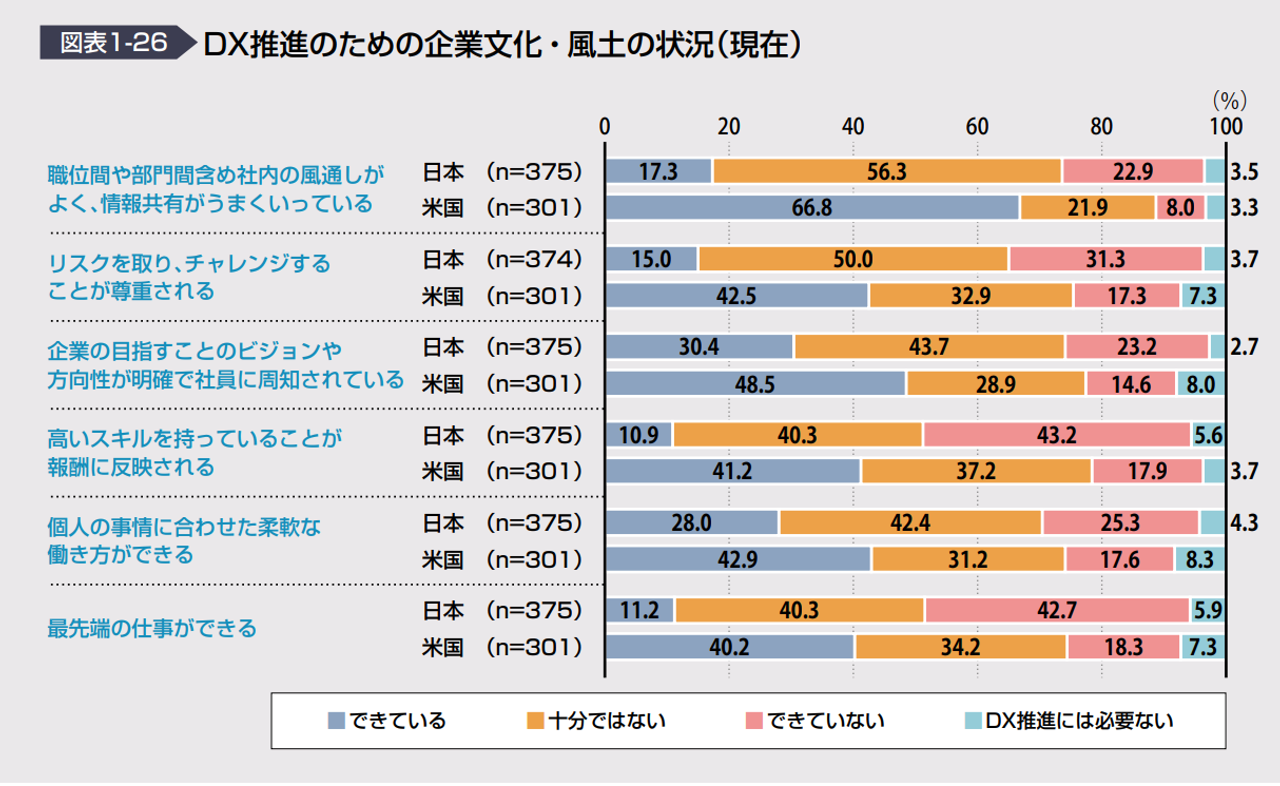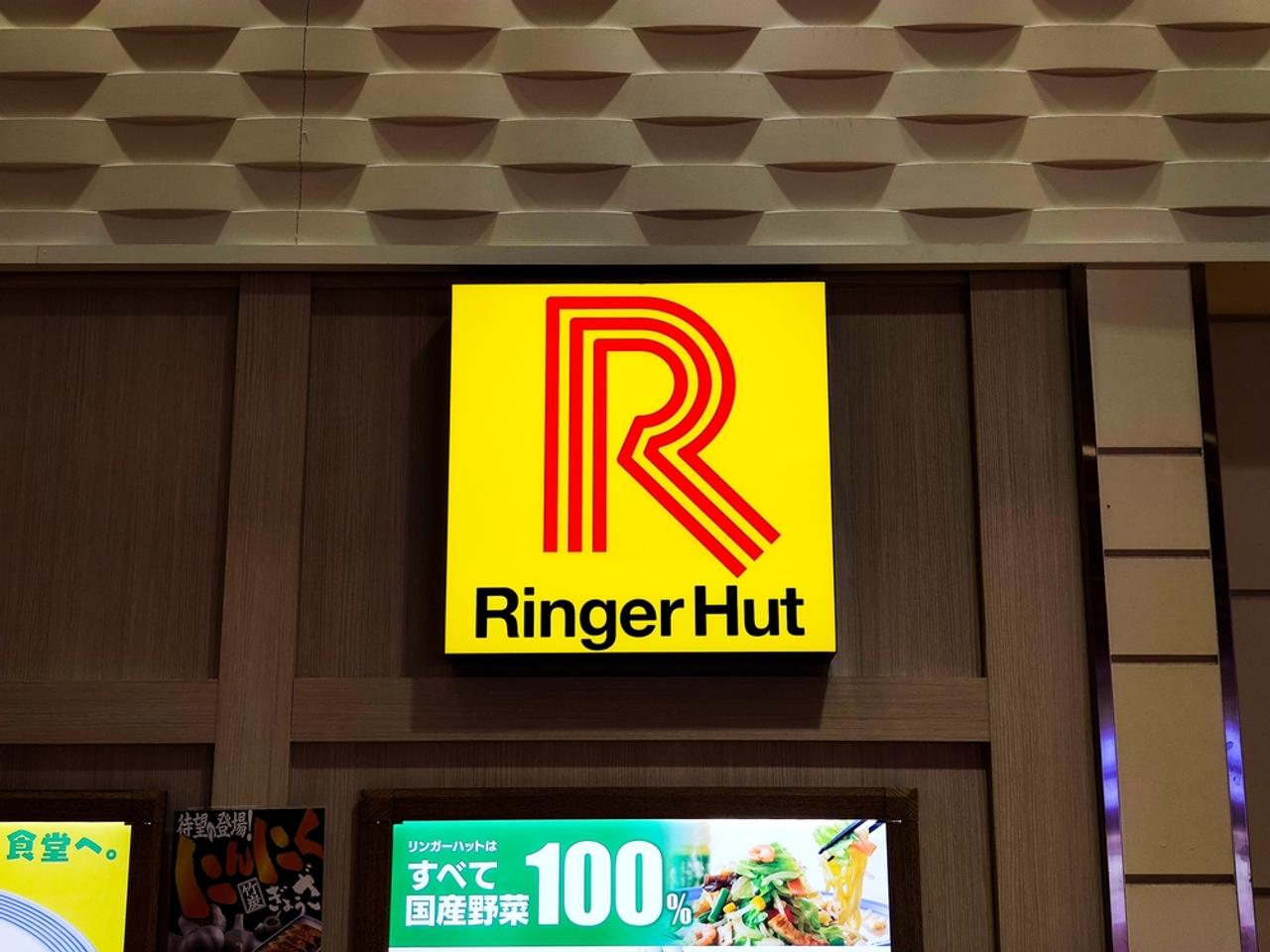Hello. My name is Yuai Ishizumi and I am the CEO of Palo Alto Insight. Today, I would like to introduce the current situation of AI utilization in Japanese companies’ DX.
What do you think of when you hear “corporate DX using AI”?
For example, “A company that operates an e-commerce site uses AI to understand market needs, realizes rapid product development and effective marketing strategies, and achieves 10 times more sales.” Many people may imagine cases where efficiency has dramatically increased.
However, the reality of corporate DX using AI that I see while managing Palo Alto Insight is a little different from this image.
Over the past seven years, I have listened to the voices of more than 100 diverse Japanese companies, ranging from 10 employees to 100,000 employees. What I learned during this process was, “What is the reality of corporate DX using AI?On-site collaboration + repeating steady work”about it.
The reality of Japanese companies’ DX sites

First, in order to understand the status of Japan’s DX efforts, we will introduce some interesting survey results from IPA’s “DX White Paper 2023” subtitled “Digital that has begun to progress, but transformation that has not progressed.” .
First, if you look at the section titled[Status of DX efforts]the number of companies working on DX in Japan has increased from 55.8% in FY2021 to 69.3% in FY2022. This is close to the 77.9% of the United States in the same year, indicating that digitalization is progressing to some extent.
On the other hand, if you look at the[Results of DX initiatives]section,The percentage of companies in Japan that answered that they are “producing results” was 58.0% in the 2022 survey.andMore than 30 points difference compared to 89.0% in the USis open. As for the current situation in Japan, it can be seen that there is still a large gap between Japan and the United States in terms of producing results.


So, why are there so many companies in Japan that are not seeing results from their DX initiatives? There are various reasons for this, but for example, the following factors may be involved:
- DX projects do not continue to produce results due to lack of human resources and budget to promote them
- The company does not have a framework, indicators, objective yardstick, etc. to verify the results of DX projects.
- It is difficult to see results because the focus is on improving the efficiency of existing processes rather than on areas where results are easier to produce (new services, new product development, etc.)
- In the first place, we are not actively pursuing DX projects aimed at creating results.
- Corporate culture and internal climate for promoting DX are not in place
Of these, the last factor, “Corporate culture and internal climate for promoting DX are not in place”, can be seen from the survey results in “Current status of corporate culture and climate for DX promotion” below. You can see how serious this is. For example, 17% of Japanese companies and 67% of American companies answered that “there is good communication within the company, including between departments,” and 67% of companies in the U.S. answered that the company has good communication between departments. I am.

This shows that even within the company culture, “information sharing, including between departments” is a major barrier to promoting DX in Japanese companies.
Advertisement
Thinking about “how Japanese companies can overcome DX” based on the case of Ringer Hut

So what can we do to overcome this wall? I would like to explain the points based on an example of when Palo Alto Insight introduced the demand forecasting AI jointly developed with Ringer Hut to nearly 500 directly managed Ringer Hut stores.
In fact, Ringer Hut was using AI to predict sales for each store even before the coronavirus pandemic broke out. However, after the state of emergency was declared, the accuracy of the forecast began to fluctuate as the number of customers suddenly slowed down. As a countermeasure, store managers at each store will rely on the latest infection situation, the state of government and local government countermeasures, and their “hunch” cultivated through experience to make adjustments to the order amount calculated by the system. became. However, there were limits to relying solely on human resources.
Therefore, in cooperation with our company, we developed an “emergency demand forecasting model.”
The new system will help eliminate labor shortages by predicting consumer demand based on sales records, regional information, etc., and streamlining inventory management and staff allocation. In addition, in the event of an emergency such as a disaster or pandemic, it is possible to respond to natural disasters and emergencies with a function that reflects the latest data changes.
Furthermore, we simultaneously developed an “automatic ordering app” and a “store shift management app” based on this model, significantly improving work efficiency by completing shift creation tasks that used to take more than 10 hours each month in just a few hours. is connected to.
What is noteworthy about this case is that the app was successfully introduced to 492 directly managed stores nationwide in just 10 months. (As of February 29, 2024)
The success factors behind the expansion of AI introduction in a short period of time in this case are as follows.
1. Appointed an “expert” in store operations to the DX department
An essential element to the success of this implementation process was the appointment of an expert with store management experience to the DX department.
Communication progressed more efficiently by having a hub of people who had a deep understanding of the field from experience in store management and who could decide what updates were really needed and what should be removed.
This not only made it possible to seamlessly integrate the new system into store operations, but also enabled us to quickly resolve any bugs that occurred and effectively respond to new issues immediately.
2. Close collaboration that combines real and online
When introducing the system, we actually visit various parts of the country and hold briefing sessions for sales representatives and store managers, as well as sessions to exchange opinions with each store. By doing so, we clarify the system’s functions and benefits, and from a practical perspective. provided an opportunity to answer any questions or concerns you may have.
Furthermore, the bridge and support system provided by the sales manager to the store managers was essential for deepening understanding between the technical aspects and the practical aspects of store management. This led to the introduction of a system that involved mutual understanding between the workplace and management, rather than a unilateral imposition.
3. Building a feedback system from the field
The expanded system for feedback from employees also played an important role in ensuring the smooth operation of the system.
By building a dedicated bulletin board on your company’s intranet and allowing employees to share issues they are facing and suggestions for improvement in real time, you can encourage employees to use their own experience to provide specific feedback. and contributed to the optimization of the AI system.
From this case study, we hope you can understand how important on-site collaboration and repeated steady work are for the success of DX centered on the introduction of AI. We believe that by improving the openness of the company, collaboration in the field will be successful, and the corporate culture necessary to promote DX will be fostered.
Source: BusinessInsider
Emma Warren is a well-known author and market analyst who writes for 24 news breaker. She is an expert in her field and her articles provide readers with insightful and informative analysis on the latest market trends and developments. With a keen understanding of the economy and a talent for explaining complex issues in an easy-to-understand manner, Emma’s writing is a must-read for anyone interested in staying up-to-date on the latest market news.
